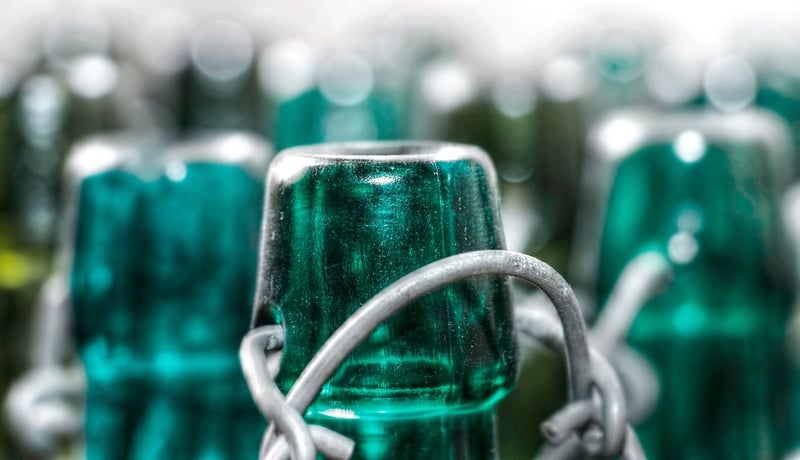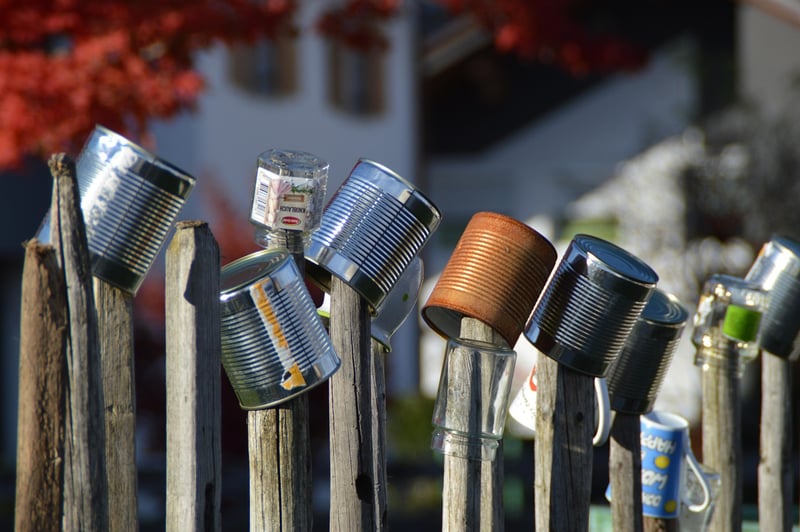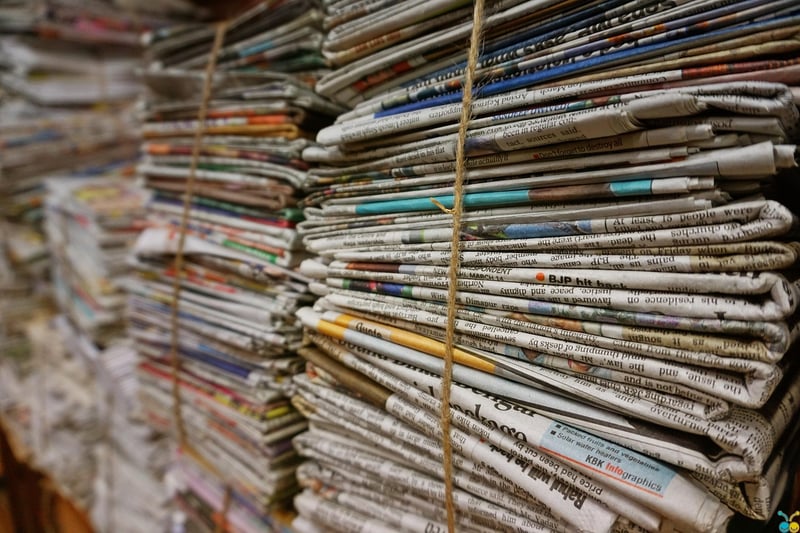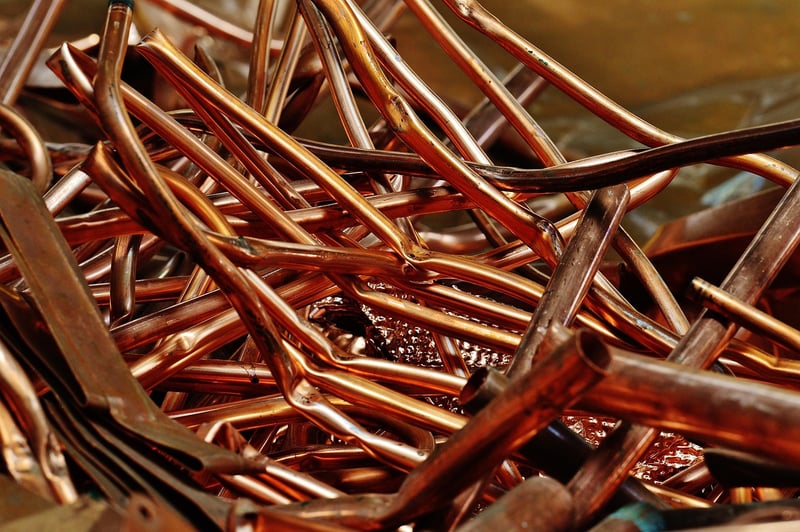Educational Reuse Ideas
The Art of Creative Reuse for Kids
Encouraging creativity in children can be both fun and educational. One way to inspire their imagination is through creative reuse activities that repurpose everyday items into new and exciting creations. Not only does this promote sustainability by reducing waste, but it also teaches kids about resourcefulness and innovation. Here are some educational reuse ideas that your kids are sure to love:
1. Cardboard Creations
Cardboard boxes are versatile materials that can be transformed into a variety of projects. From building forts and castles to creating robots and cars, the possibilities are endless. Encourage your kids to use their imagination and turn simple cardboard boxes into works of art.

2. Plastic Bottle Planters
Instead of throwing away plastic bottles, why not turn them into colorful planters? Cut the top off a plastic bottle, decorate it with paint or stickers, and plant a small flower or herb inside. This activity teaches kids about gardening and recycling in a fun and interactive way.

3. Tin Can Instruments
Gather empty tin cans of different sizes and fill them with varying amounts of rice or beans. Seal the cans with duct tape and let your kids decorate them with paint or paper. Now they have their very own homemade musical instruments to play with. This project not only promotes creativity but also introduces kids to the world of music.

4. Newspaper Art
Old newspapers can be repurposed into beautiful works of art. Show your kids how to create paper mache sculptures, origami animals, or even simple collages using newspaper and glue. This activity enhances their fine motor skills and allows them to explore different textures and shapes.

By engaging in creative reuse activities, children not only have fun but also develop essential skills such as problem-solving, critical thinking, and environmental awareness. So, gather some recyclable materials, unleash your child's creativity, and watch as they turn trash into treasure!
Remember, the only limit is their imagination.
